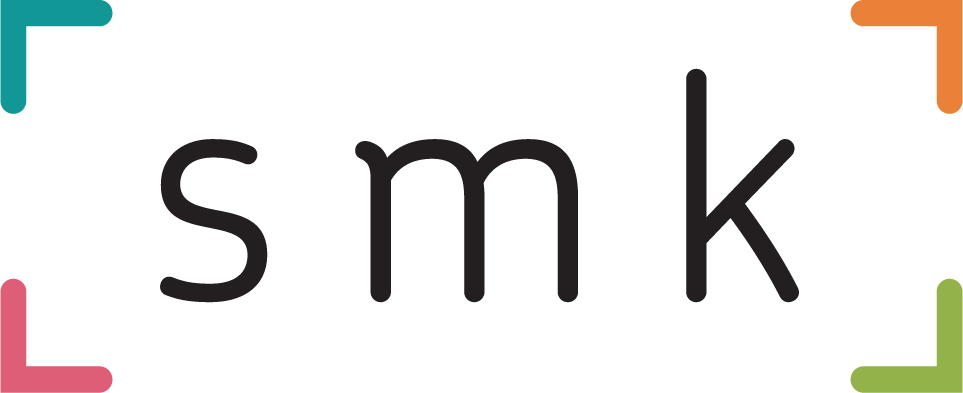YouTube Offers A Helping Hand To Floundering Brands
YouTube is somewhat of a marketing enigma.
Organisations deliberate at length over Facebook and Instagram for marketing and communications purposes, while underplaying YouTube. Despite YouTube dwarfing the latter, and matching the former, in size, and thrashing both combined for daily video consumption.
According to Google, over 500 hours of content are uploaded to YouTube every minute?!
YouTube marketing investment is growing at a decent clip finally, and the current Facebook ad boycott running through July could well help Google's video giant, as organisations look for scalable alternatives to Big Blue.
YouTube's advertising revenue grew 36% in 2019, totalling $US15 billion and comprising about 9% of Alphabet's overall annual revenue.
However, be that as it may, for many marketers, YouTube remains a mysterious black box. Something which many of the greatest minds in advertising and creative, worldwide, seem incapable of cracking.
Meanwhile, the folks of random 7-year-old's make it rain on the platform. Go figure…
To offer a helping hand to the professionals, YouTube has launched a handy new resource, cunningly titled "How YouTube Works".Within which it breaks down its policies, rankings and explains misunderstood features.
"How YouTube Works provides an in-depth look at our products and settings, such as YouTube Search, Recommendations, privacy controls, and Ad Settings, showing how they help people have the best possible experience while they're using YouTube."
Even though some of YouTube's summaries for its features are a tad broad, the latest release will go a long way to helping organisations and agencies create better performing video.
Clarifying some of the "boxes" that YouTube wants organisations to tick to achieve better video rankings and amplification for content on the platform.
YouTube Search Rankings Unravelled
As with Google search, you either buy your YouTube video ranking, or you earn it.
To take the paid route, so that you can guarantee your video appears on given search terms, most would explore TrueView video discovery ads.
TrueView video discovery ads can run on the YouTube search results and watch pages; the ad unit consists of an image thumbnail and up to three lines of text.
Clicking the ad will deliver a user to the YouTube watch or channel page to view the video rather than playing the video within the ad unit itself.
To earn your spot organically, YouTube Search prioritises these three main elements when ranking its video search results:
- Relevance
- To estimate relevance YouTube look into many factors, such as how well the title, tags, description and video content match the user search query
- Essentially basic on-page SEO
- Engagement signals are also a valuable way to determine relevance
- Engagement
- YouTube incorporates aggregate engagement signals from users
- For example, it may look at the watch time of a particular video for a particular query to determine if the video is considered relevant to the query by other users
- Quality
- YouTube systems are designed to identify signals that can help determine which channels demonstrate expertise, authoritativeness and trustworthiness on a given topic
- Google operates in a similar way for Search nowadays, with expertise, authoritativeness and trustworthiness housed under its broader E-A-T ratings guidelines
In addition to those three main factors, YouTube makes search results relevant for each user, taking into consideration user search and watch history.
That's why your search results might differ from another user's search results for the same query. For example, if you watch a lot of sports videos and search for 'cricket', YouTube might recommend videos featuring the sport cricket rather than nature videos with crickets in them, as per above.
YouTube Video Recommendations Rankings
Video recommendations on YouTube are one of the platform's stickiest features.
Hence when I pop onto the platform for a quick tech tutorial and end up watching 9 hours of The Office clips.
UK version, obviously.
YouTube shares recommendations both on YouTube's homepage and in the 'Up next' section as a suggestion of what to watch next when users are watching a video.
YouTube considers many signals, including users' watch and search history (if enabled) as well as the channels that they've subscribed to. It also examines their context, such as country and time of day. For example, this helps it show users locally relevant news.
Hence, the added benefit of adopting basic SEO practices for context, monitoring the copy/keywords for existing trends, topics and popular videos, alongside using playlists to organise video assets thematically – to name a few helpful tactics.
Another factor that YouTube's recommendation systems consider is whether others who clicked on the same video watched it to completion, taken as a sign that the video is higher quality or enjoyable. Or, just clicked on it and shortly after starting to view the video, clicked away.
YouTube also asks users directly about their experience with individual videos, and its recommendation systems use random surveys throughout the app.
For further insights on YouTube machinations, check out How YouTube Works now.



RECOMMENDED FOR YOU
Meta Bets Big on Meta AI
Meta has recently amplified its role in the generative…
Meta has recently amplified its role in the generative…
LinkedIn Trials Premium Company Page Business Subscription
LinkedIn is looking to follow Meta’s lead as it…
LinkedIn is looking to follow Meta’s lead as it…
Google Introduces New Generative AI Video Tools
Google has recently enhanced its creative tools by integrating…
Google has recently enhanced its creative tools by integrating…